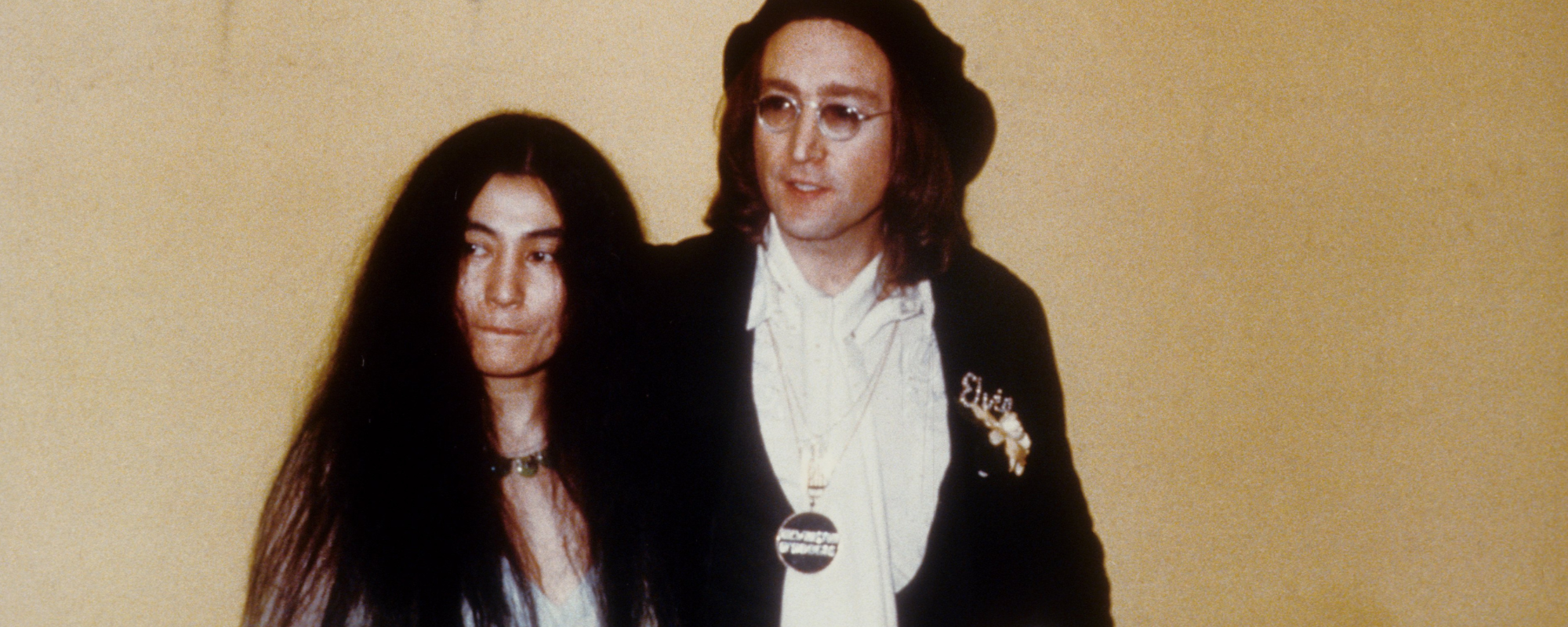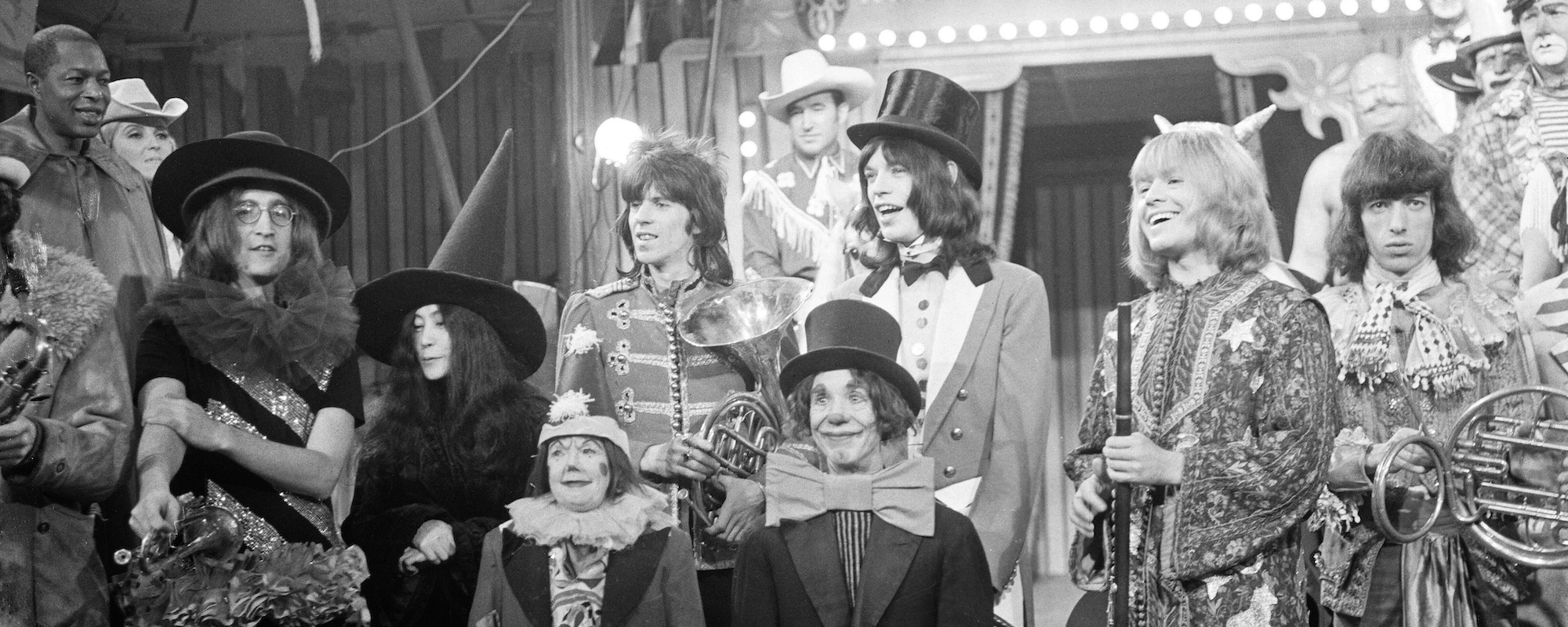If you listened to John Lennon’s 1975 album Rock ‘n’ Roll and knew nothing else about it, you’d probably hear it as a bit of a lark that allowed the ex-Beatle to pay homage to the music he grew up idolizing. And it is that, to an extent. But when you know why and how the record was made (and how it almost wasn’t), you’ll appreciate that Lennon was able to hold this thing together at all.
Videos by American Songwriter
With lawsuits upon lawsuits, gunplay, and stolen tapes involved, the album at times felt more like international espionage than simple Rock ‘n’ Roll. And, oddly, the whole saga started with a Beatles song.
Levy v. Lennon, with a Side of Spector
The opening song off Abbey Road, the final album The Beatles recorded together before their breakup, was “Come Together,” credited to Lennon/McCartney but pretty much 100% written by John Lennon. That’s why Morris Levy came after Lennon, claiming the song sounded a bit too much like the Chuck Berry song “You Can’t Catch Me,” for which Levy owned the publishing.
These claims took place a few years after The Beatles had broken up and Lennon was in the middle of his solo career. He didn’t want to be sued, so he agreed with Levy to record and release a few songs from Levy’s publishing catalog of golden oldies as a kind of goodwill gesture. Studio time in Los Angeles was squared away in late 1973.
Lennon didn’t feel like producing the sessions, so he called upon Phil Spector, ignoring some of the tumultuous times he had already endured with the volatile Wall of Sound guru. When you factor Spector’s presence into Lennon’s own messy state of affairs at that time (he was right in the middle of his so-called “Lost Weekend” period of drunken debauchery), these sessions were unsurprisingly shambolic. At one point, the entourage of revelers had to switch studios because Spector fired a gun inside the first one they used.
Spector then confiscated the sessions’ tapes for some unknown reason. Perhaps this crazed experience snapped Lennon to attention, because he cleaned up his act, relocated to New York, and recorded his fine 1974 album entitled Walls and Bridges. He tried to placate Levy with a single cover of the song “Ya Ya” on the record. It didn’t work, and Levy threatened to sue again.
Lennon knew he was cornered, so he took the same band that had just recorded Walls and Bridges and went to work finishing Rock ‘n’ Roll. He also was able to secure the LA tapes from Spector (via a threatened lawsuit, or course) and assembled the final album as a kind of Frankenstein’s monster of these two wildly diverse sets of sessions.
But the chaos wasn’t quite finished. To placate Levy, Lennon had given him some of the tapes of the in-progress Rock ‘n’ Roll album. Levy, who was trying to build a mail-order record business, took those tapes and started hawking them on television as a compilation called Roots. One more court order later, the sale of Roots was halted and Rock ‘n’ Roll finally hit the streets in February 1975.
Rock ‘n’ Roll Music
The Rock ‘n’ Roll album had zero hopes of living up to its potential, not with all the bizarre circumstances surrounding its recording. You can argue Lennon’s heart was never quite in it, as you might expect of an artist being forced to record something to keep lawsuits away. There really wasn’t anything done with the arrangements to differentiate them much from the originals, which have the edge of being done for all the right reasons.
Still, Lennon’s vocals are strong throughout, recalling some of the passion he brought to The Beatles’ earliest hits. “Stand by Me” gave him a minor hit, and closing track “Just Because” allows him to do some emoting on the mike in ways that you wouldn’t normally hear from him. If nothing else, the album is listenable, even if not all that inspired.
Maybe the biggest impact Rock ‘n Roll made had to do with what happened next in the John Lennon timeline: He walked away from recording for the next five years. After that craziness, could you blame him?
When you purchase through links on our site, we may earn an affiliate commission.
Photo by Steve Morley/Redferns













Leave a Reply
Only members can comment. Become a member. Already a member? Log in.